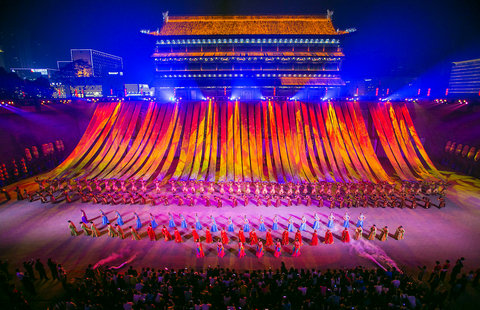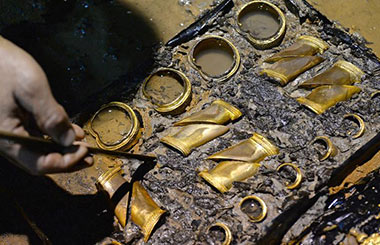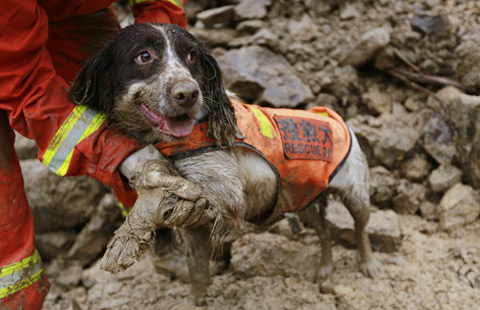
Editor's note: Hubei province has been a regional industrial, transport and cultural center in Central China since late 19th century. It's set to continue to champion the rise and urbanization of the region. China Daily talked with Li Hongzhong, the Party chief and top legislator of Hubei, to find out more.
The central government approved the development plan for a city cluster in the middle reaches of the Yangtze River in April. What do you expect for the future development of Hubei within the cluster?
Li: The city cluster is made up of three sub-clusters in Hubei, Hunan and Jiangxi provinces, covering an area of 317,000 square kilometers. Its development is of strategic importance for the rise and urbanization of central China. The Hubei provincial authorities first proposed the concept of the city cluster in 2012, because we believe the creation of the cluster can lead to coordinated development and economic transformation of the three provinces. The support of the central government, the coordination of the three provincial authorities and the will of the people to pursue better lives will turn the concept on paper into a national development strategy.
If the central government's plan is well implemented, the city cluster will become a new growth point in the Yangtze River Economic Belt, a new model of sustainable development, as the region is key to the protection of water resources in the river and an example of balanced development between the urban and rural areas, as the areas are filled with backward villages.
What are the opportunities and challenges for Hubei in the development of the city cluster?
Li: A solid industrial foundation, a large number of universities and institutes, rich water resources and ideal geographical location are Hubei's comparative advantages. President Xi Jinping urged Hubei to become a pivot in the rise of central China during his visit to the province in 2013.
Hubei has the potential to take a lead among the three provinces in the development of the city cluster, as it has the largest number of cities, the largest population and a better economic foundation.
The manufacturing industry has been a pillar of Hubei's economy since the 1950s. How will Hubei upgrade its industry during the restructuring of its economy?
Li: The first modern iron and steel plant in the nation was founded in Wuhan in 1894. Since then, Hubei has developed a comparatively complete manufacturing industry structure that generated sales revenue of 3.77 trillion yuan ($596 billion) last year, accounting for 92.7 percent of industry's sales revenue. Investment in the manufacturing industry in Hubei reached 963.4 billion yuan last year, about 90.5 percent of the overall investment in industry.
In the future, Hubei will focus on the development of advanced and emerging manufacturing industries; promote smarter networking and digitization of the manufacturing industry to make intelligent equipment and products; encourage people to start their own businesses with the help of advanced technologies and the Internet; and build household brands.
Hubei will seek partners and develop its equipment manufacturing, automobile and electronic information industries into world-class industrial clusters with global competitiveness. The service-oriented manufacturing industry and productive service industries are also crucial as Hubei pushes its manufacturing industries higher in value chains.








